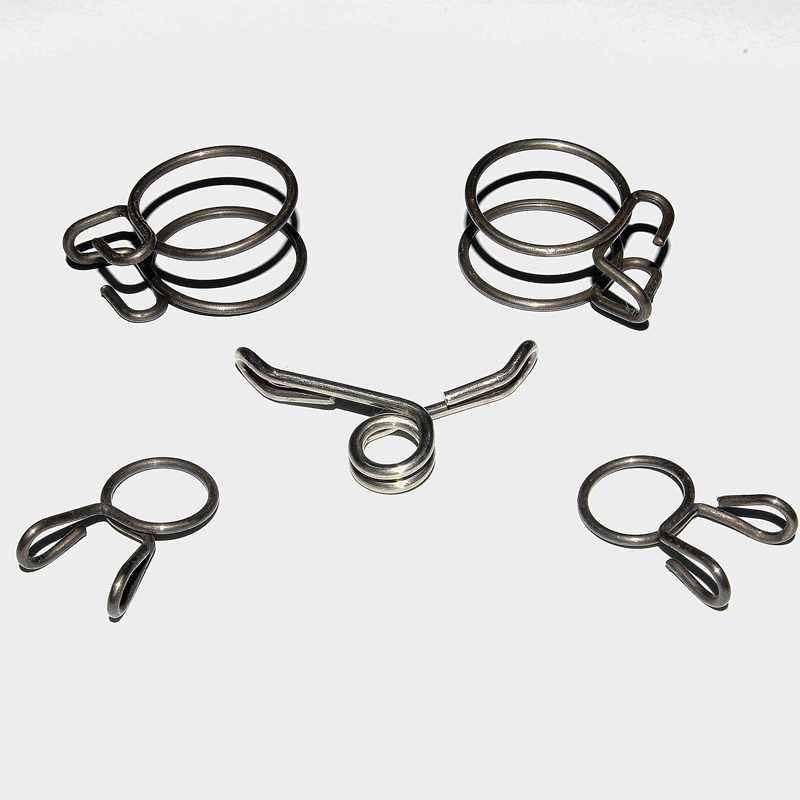
- Mobile Phone
- +8613931874955
- sales@cntcmetal.com
Exploring the Benefits and Applications of Lightweight Compression Springs in Various Industries
Understanding Light Compression Springs
Light compression springs are essential components in various mechanical and engineering applications. These springs serve the primary purpose of absorbing and storing energy, providing resistance to compressive forces, and playing a pivotal role in many devices we interact with daily. This article will shed light on what light compression springs are, their applications, design considerations, and how they enhance the efficiency and functionality of modern machinery.
What Are Light Compression Springs?
Compression springs are helical springs designed to resist compressive forces, meaning they are pre-loaded to provide a force against an external load that compresses them. When an external force is applied, these springs compress and store energy, which is released when the load is removed. Light compression springs specifically refer to springs with relatively low wire diameters and moderate coil counts, designed for applications that require less force but still need to maintain a specific function.
Applications of Light Compression Springs
Light compression springs find use across a diverse range of industries and applications. Some of the common applications include
1. Consumer Electronics These springs are often found in devices like keyboards, remote controls, and various electronic gadgets. They provide tactile feedback, enhancing user experience.
2. Automotive Components In vehicles, light compression springs are used in seat mechanisms, throttle bodies, and control switches. They play a key role in ensuring safety and comfort.
3. Medical Devices In the medical field, these springs are used in equipment such as infusion pumps and surgical instruments. The reliability and precision of light compression springs are crucial in ensuring that medical devices function correctly.
light compression springs

5. Aerospace Engineering Some aerospace components utilize light compression springs due to their lightweight properties and ability to withstand a wide range of temperatures and pressures.
Design Considerations
The design of light compression springs involves several critical aspects that engineers must consider
1. Material Selection The choice of material affects the spring's weight, strength, and elasticity. Common materials include stainless steel, music wire, and other alloys. Each material provides different mechanical properties that can be tailored for specific applications.
2. Wire Diameter and Coil Count The wire diameter and the number of coils directly impact the spring's load capacity and compression characteristics. A thicker wire or increased coil count generally results in a stronger spring.
3. Spring Dimensions The overall length, diameter, and free length of the spring are fundamental design parameters that determine how the spring fits within the application and how much force it can handle without permanent deformation.
4. Manufacturing Process The production technique, whether it is cold winding, hot winding, or CNC machining, influences the final properties of the spring. Precision in manufacturing is essential to achieve the desired performance specifications.
5. Fatigue Resistance Given that compression springs often undergo repeated cycles of loading and unloading, fatigue resistance is a significant consideration. Ensuring that a light compression spring can withstand numerous cycles without failure is essential for reliability.
Conclusion
Light compression springs are indispensable in our modern world, enabling a variety of products and technologies to function seamlessly. From enhancing user experience in consumer electronics to ensuring safety and precision in medical and automotive applications, these springs play vital roles that often go unnoticed. Understanding the intricate details of their design and application can lead to innovations in both product development and engineering solutions, enhancing efficiency and effectiveness across many fields. Whether you're a designer, engineer, or curious enthusiast, recognizing the importance of light compression springs will undoubtedly deepen your appreciation for the mechanical marvels that surround us.
share:
-
Wall Ties for Concrete: Invisible Guardians of Building Structural StabilityNewsAug.08,2025
-
Timber Frame Wall Ties: Stable Bonds for Load TransmissionNewsAug.08,2025
-
Stainless Steel Woven Wire Mesh: A versatile material from boundary protection to functional supportNewsAug.08,2025
-
Powder Coat Coil Springs: Creating peace of mind and reliability with sturdy protectionNewsAug.08,2025
-
Floor Standing Sign Holder: A Powerful Assistant for Flexible DisplayNewsAug.08,2025
-
Binding Iron Wire: An Invisible Bond for Building StabilityNewsAug.08,2025
-
Yard Sign Stakes: Reliable Guardians of Outdoor SignsNewsAug.04,2025



















